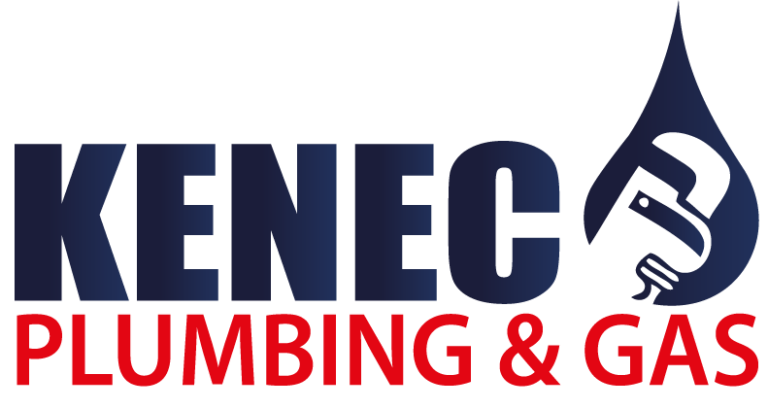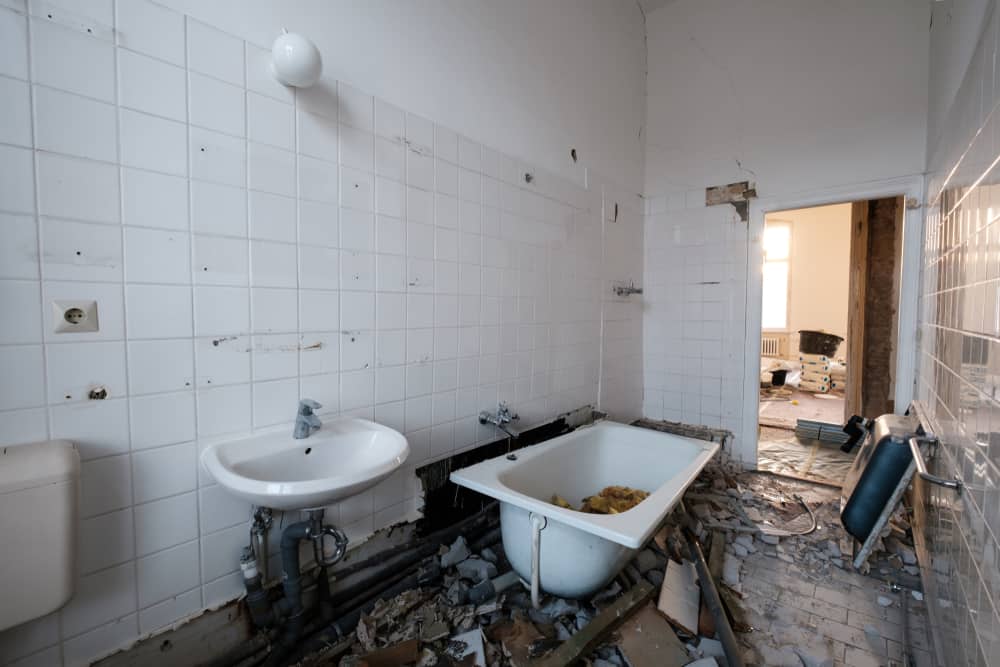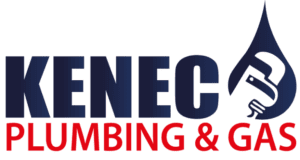The history of plumbing has come a long way since ancient civilizations. Before the Egyptians invented the earliest plumbing pipes, human wastes were unloaded in open spaces and made their way to rivers and other bodies of water. This contributed to poor sanitation leading to certain illnesses and diseases among people.
Today a home’s plumbing system comprises a complex network of pipes, traps, fittings, valves, and more. One of the most crucial parts of the modern plumbing system is the plumbing vent.
What is a plumbing vent?
The plumbing vent (also called the plumbing air vent or plumbing vent stack) is connected to the drain-waste piping of the plumbing system. It is installed to regulate the air pressure within the drain pipes to allow used water and wastes to pass through efficiently.
What does a plumbing vent look like?
A venting system features a central vent that goes up through a portion of the home’s roof. A quick online search would result in several plumbing vent diagrams, ranging from the primary home plumbing system to the more complex ones.
The easiest way to picture a vent pipe plumbing system is to think of a tree. The trunk represents the central vent, while the branches are the smaller vent pipes that extend to several home fixtures, such as shows, toilets, and sinks.
Vent pipes come in different types and sizes. Plumbing codes dictate the minimum vent pipe criteria, the recommended point of connection for every plumbing fixture in terms of distance, and specific downward slope requirements.
A drainage system with at least two fixtures must have the main vent pipe measuring no less than 2 ½ inches in diameter. Vent pipes that are less than one ¼ inches should not be used because they are prone to blockage.
Why does plumbing need a vent?
The primary function of plumbing vents is to control the airflow in the plumbing system and prevent negative pressure that could damage the draining pipes and emit foul odour into your home.
All fixtures in the plumbing system must have traps. These traps hold a small amount of water to prevent sewer gases from entering your property. Although exposure to small amounts of sewer gases is not harmful, it can still trigger health-related issues like eye irritation, headache, and nausea. The most commonly used traps are the p-traps.
Signs of clogged plumbing vents
A properly installed and functioning plumbing ventilation system allows fresh air to circulate within the drain pipes, helping water and waste flow smoothly. But like other pipes, vent pipes get clogged, too.
The following are signs that indicate your vent pipes are obstructed:
- Your drains are making gurgling sounds
- The water is consistently taking so long to drain
- You notice a strong sewer odour smell
Unclogging vent blockage involves checking the plumbing vent roof with the right equipment. A professional plumber will typically use a drain camera to see what is obstructing your vent system.
It’s better to trust only an expert when it comes to repairing your plumbing vent system to make sure vent stacks are in optimum performance. Book now at Kenec Plumbing for a drain cleaner. Our plumbers are experts in fixing clogged drains and other plumbing problems.










